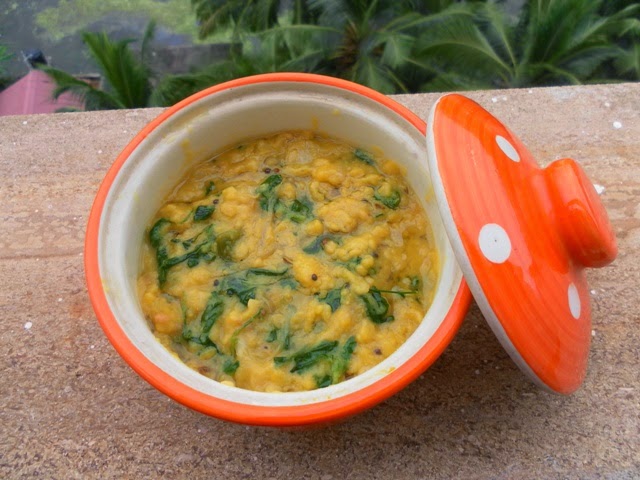We were
going on a trek after 6 months. We were going to cross Mhadei river after
Kumthal village.
It was
exciting thinking about heading into the hills with forest all round, and
getting into the cool waters of Mhadei river! The date was 26th
oct’14. As the day come closer, I got busy planning what to wear and which
swimsuit to take etc. Two days before the due date, effect of Cyclone Nilofer
hit Goa and it rained non-stop. All the well laid plans went for a toss, and had
to settle for plastic sandals, old trousers, rain gear and umbrellas! So much
for anticipation!
The day
started out cloudy but dry and there were nearly 100 of us eager trekkers in 3
mini buses! We travelled for one and half hours and stopped in an open place
for breakfast. Breakfast is the standard fare of Eco treks, Pav, Alsane curry
with coconut gravy and tea. As always it was hot and very tasty. After having
second and third helpings, we introduced ourselves and tell what we like about
Eco treks etc.
Breakfast time
We got into
the buses and travelled for another half hour. We alighted I don’t know exactly
where; because, you see it was a mountain road and a thick jungle all around. Then
we started walking in small groups few of the leaders in the front and a few took
up the rear. We are generally left to go at our own pace.
The actual trek
Those who
want to can stop and take photos, appreciate the flora or even answer nature’s
call. Because we were in the mountains, and it had been raining, there were numerous
small and medium streams flowing everywhere. It was a delight to watch the
gurgling water over the rocks, the lush greenery covered every square inch. After
walking for about two hours, we came to the Mhadei river crossing.
Gurgling Mhadei river
Oh, What a
beautiful sight! Rushing cool water over smooth rocks! Those of us who were
inclined to play in the water, got in, and the rest of us just enjoyed watching
the nature.
A hot lunch
was arranged on the banks of the river and I took my plate stood in one foot of
water under the sky and ate happily. It was a very new experience!
Slowly we
started back the way we went. By then, the clouds were descending over the
hills and it was a magnificent sight.
Again we
walked for 2 hours and stopped at a village house for tea and bajjis and
resting our feet.
We got back
to Panjim, with antakshari, friends catching up, some napping and those like me
not wanting miss anything, avidly trying to remember every detail along the
way. Got dropped off by 7 pm.
It was a
good and enjoyable trek. Did not bargain for a wet day, but life is like that;
full of unexpected surprises!



















